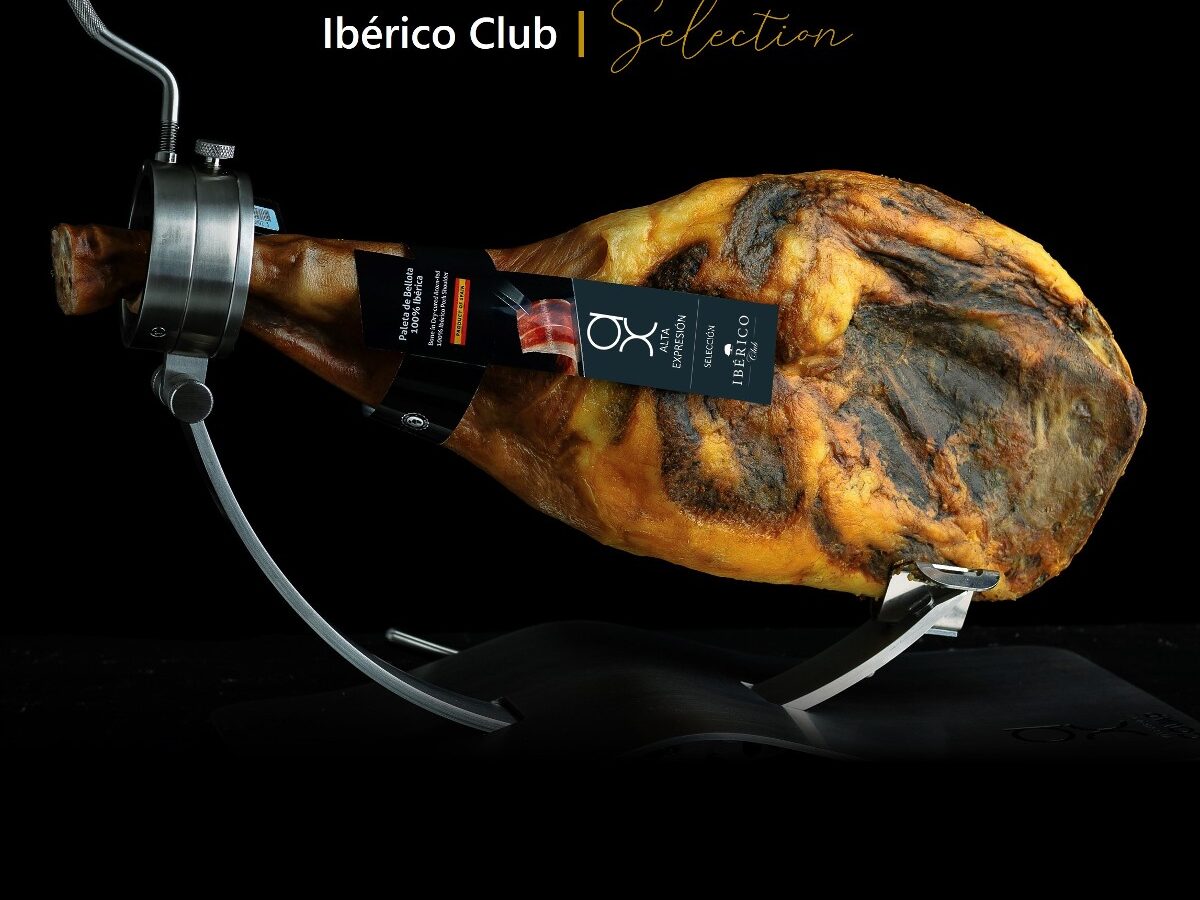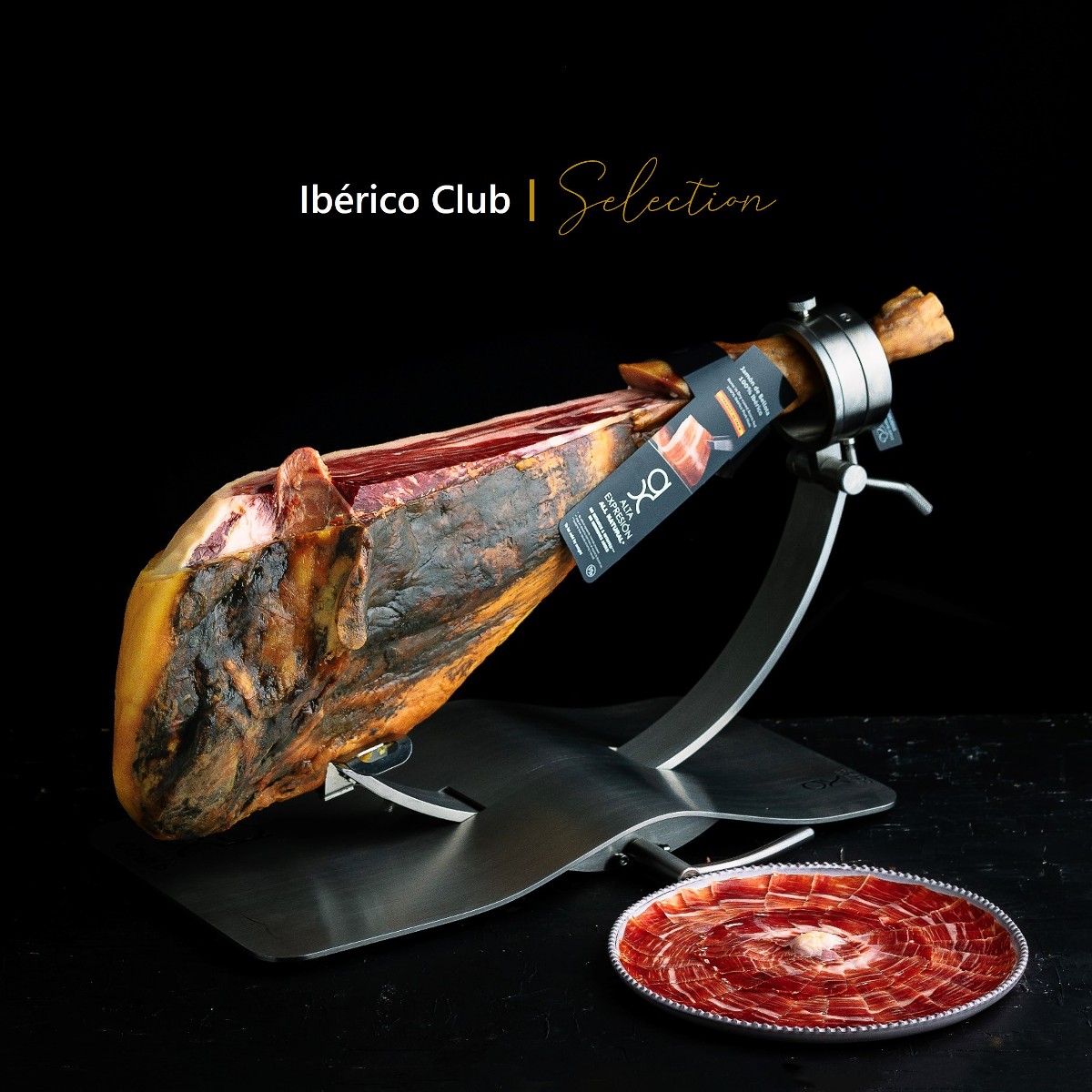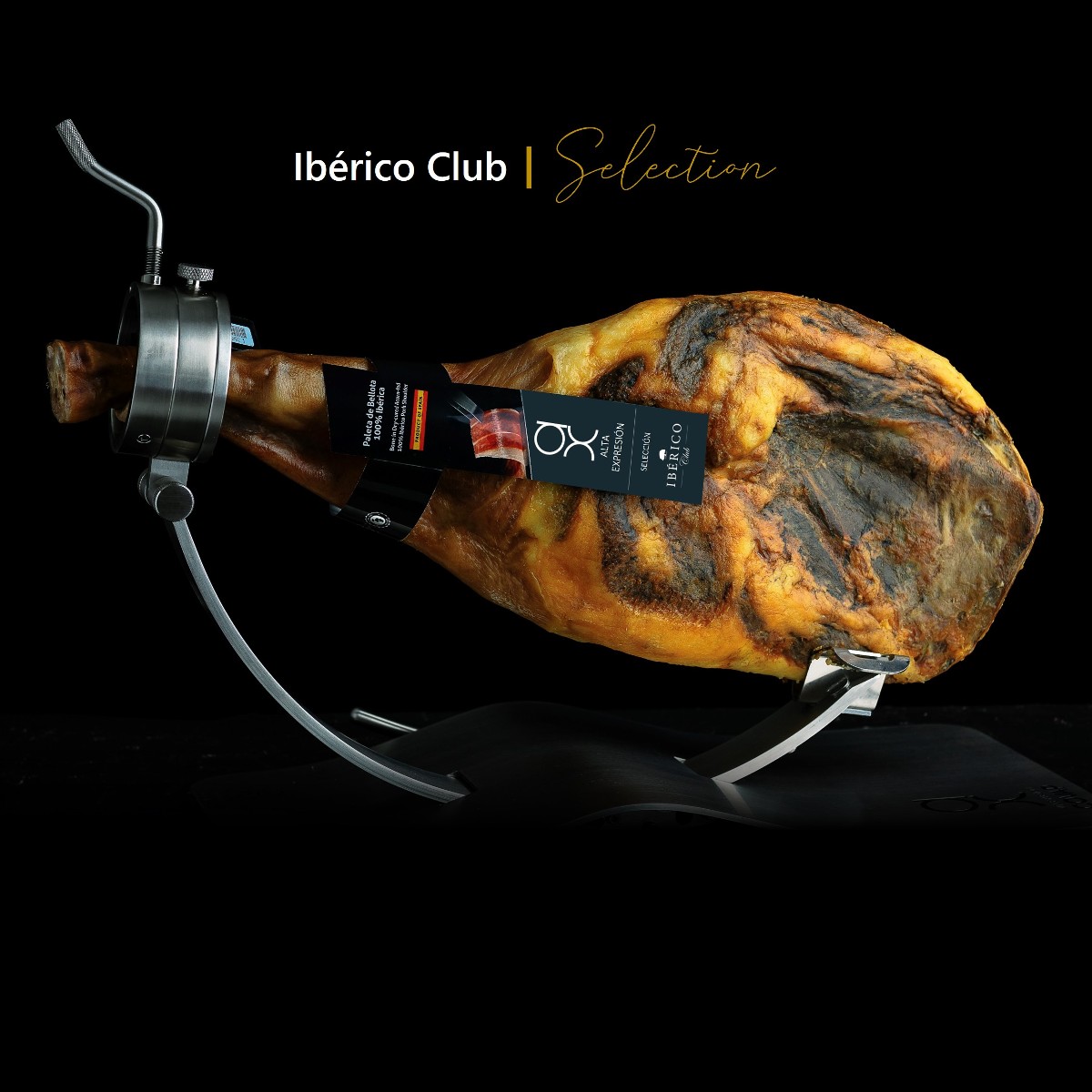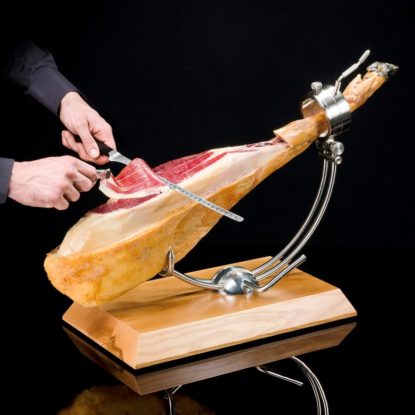Why Does the Black Hoof Need to Be Removed in the USA for Ibérico Ham?
Ibérico ham, or jamón ibérico, is one of Spain’s most revered culinary delights, renowned for its rich flavor, delicate texture, and long-standing tradition. Traditionally, Ibérico ham is sold with its black hoof intact, symbolizing its Spanish heritage. However, when buying Ibérico ham in the USA, you’ll notice that the black hoof is typically removed due to specific US import regulations.
But here’s an important fact: while the black hoof is often seen as a hallmark of authenticity, it is not the ultimate indicator of genuine Ibérico ham. In fact, not all Ibérico pigs have black hooves. What truly dictates authenticity is the black label required by Spanish authorities, not the presence of the hoof itself. Let’s dive deeper into why the hoof is removed in the US and what truly guarantees the authenticity of this exceptional product.
1. USDA Regulations and Health Standards
The main reason the black hoof must be removed for Ibérico ham imported into the US is to comply with US Department of Agriculture (USDA) regulations. The USDA imposes strict health and safety guidelines on imported meat products to protect the American food supply.
According to USDA standards, parts of the animal that have been in contact with the ground, such as hooves, present a higher risk of contamination. Even though traditional Spanish curing methods ensure the meat is safe for consumption, US regulations mandate the removal of the hoof to minimize any potential risk of harmful bacteria or contaminants entering the country.
2. Preventing Cross-Contamination
A key concern for the USDA is preventing cross-contamination during the handling and importation of meat products. Since hooves are in constant contact with soil and waste throughout an animal’s life, they may carry bacteria or pathogens. To mitigate this risk, US regulations require the removal of the hoof, ensuring that only the cleanest and safest parts of the product are imported.
3. The Hoof Does Not Dictate Authenticity
Many consumers believe that the black hoof is a symbol of authenticity for Ibérico ham, but this is a misconception. The truth is that not all Ibérico pigs have black hooves. While some do, many others have lighter-colored hooves due to natural variations within the breed. The myth of the black hoof as a sign of authenticity likely arose because of the famous term “pata negra” (black hoof), but it’s not a reliable way to identify genuine Ibérico ham.
What truly matters when determining authenticity is the labeling system regulated by Spanish authorities. The black label designates the highest quality Ibérico ham—produced from 100% pure-bred Ibérico pigs that are free-range and fed a diet of acorns during the montanera season. This classification guarantees the product’s pedigree and adherence to strict production standards, which are what make Ibérico ham truly exceptional.
4. Cultural and Regulatory Differences
While in Spain, displaying the ham with its black hoof is a common practice that signals tradition, the US regulatory environment takes a more cautious approach. Food safety and sanitation protocols are enforced rigorously for imported products, particularly when it comes to meat. Even though the hoof itself is not unsafe when handled correctly, the US prioritizes caution, removing it to align with US health standards.
5. What Really Matters: Quality and Flavor
Despite the removal of the black hoof, the quality, flavor, and authenticity of Ibérico ham remain unchanged when imported to the US. What makes this ham truly special is the centuries-old curing process, which infuses the meat with rich, nutty flavors and a delicate texture. The removal of the hoof is merely a regulatory step, and it does not impact the unique characteristics that make Ibérico ham one of the finest delicacies in the world.
6. Black Label: The True Mark of Authenticity
Rather than focusing on the color of the hoof, consumers should look for the labeling system implemented by Spanish authorities to ensure they are purchasing genuine Ibérico ham. The black label is reserved for the highest grade of Ibérico ham, made from 100% purebred, acorn-fed Ibérico pigs. There are other categories, such as red, green, and white labels, that denote varying levels of quality based on the pig’s diet and lineage, but all are rigorously regulated.
Conclusion
The removal of the black hoof from Ibérico ham in the US is a necessary compliance measure with USDA regulations to ensure food safety. However, the hoof is not the definitive mark of authenticity—the true guarantee comes from the black label issued by Spanish authorities. This label, not the hoof, certifies the purity, quality, and origin of Ibérico ham, ensuring that consumers enjoy the same rich and unparalleled flavor regardless of where it’s purchased. When it comes to this celebrated Spanish delicacy, the focus should always be on the product’s quality and lineage, not the hoof itself.









Comments